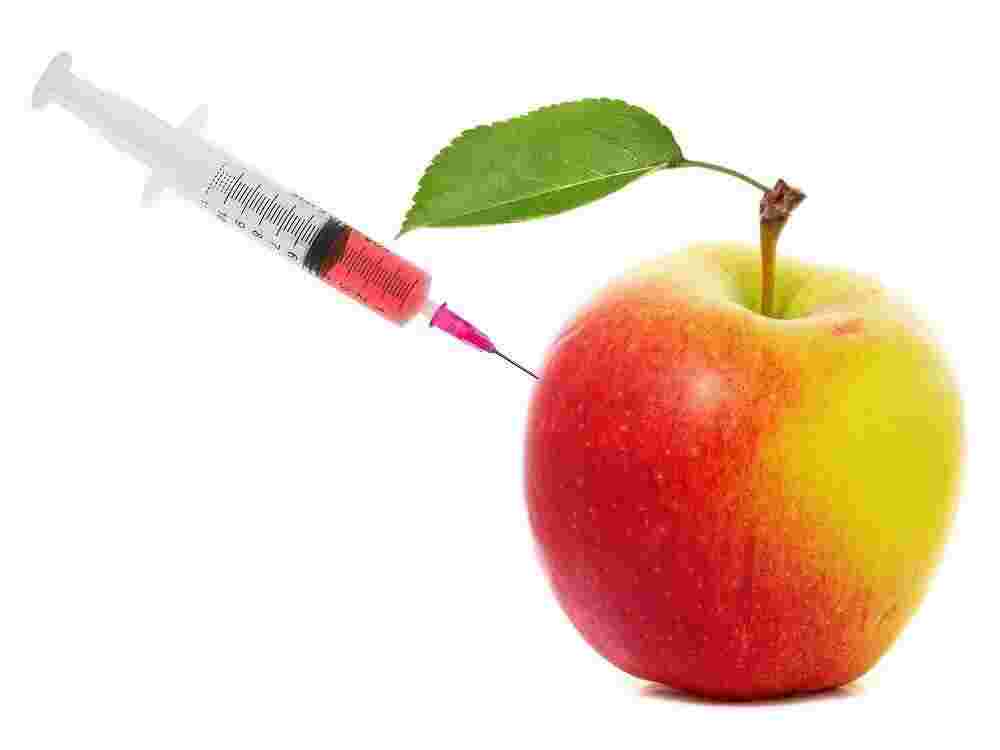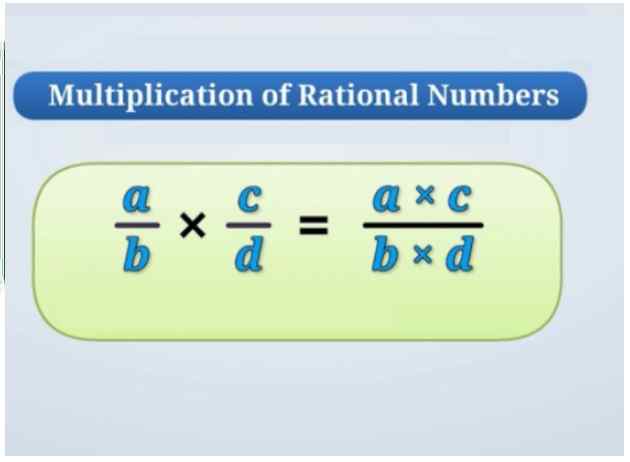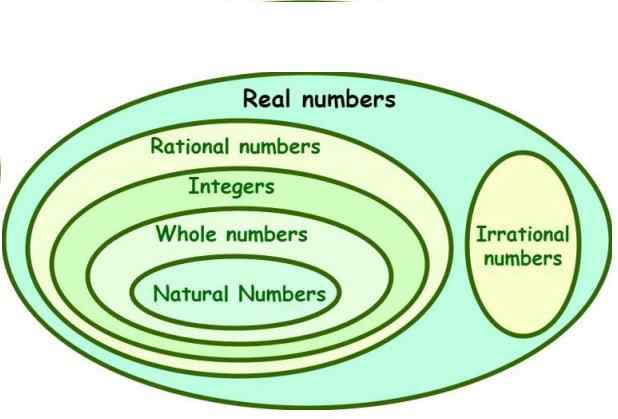Chemical Coordination in Plants Srijan Publications Solutions ICSE Class-10 Ch-7. We Provide Solutions of Very Short Answer Type, Short Answer Type, Long Answer Type Questions and MCQs of Exercise-7 Chemical Coordination in Plants Srijan Publications ICSE Class-10 Ch-7. Visit official Website CISCE for detail information about ICSE Board Class-10.
Chemical Coordination in Plants Srijan Publications Solutions ICSE Class-10 Ch-7
| Board | ICSE |
| Publications | Srijan Publications |
| Subject | Biology |
| Class | 10th |
| Writer | Veer Bala Rastogi |
| Chapter-7 | Chemical Coordination in Plants |
| Topics | Solutions of MCQs, Very short and Short Long Answers Questions |
| Edition | for 2022-2023 Academic Session |
A. VERY SHORT ANSWER TYPE QUESTIONS
Ch-7 Chemical Coordination in Plants Srijan Publications ICSE Class-10 Biology Solutions
(Page-97)
Questions 1. Fill in the blanks with suitable words.
(a) Tendrils are positively ..Thigmotropism….. because they grow towards the support in response to contact.
(b) ..Response….. to stimuli is a characteristic feature of all living organisms.
(c) Control and coordination in plants is carried out by ..Plant Hormones.…. .
(d) Nondirectional movements in the position of plant parts like flowers and leaves caused by temperature change of the surrounding are called ….Nastic.… movements.
(e) Chemotropism is the ...Directonal... growth movement of the plant part in response to ……………. stimulus.
(f) Inactive condition of seed when it fails to germinate even with most favorable conditions represents ..Dormancy‘…. state.
(g) Hormone ...Gibberellins…. can be used to break seed dormancy.
Questions 2. State whether the following statements are true or false. If false, rewrite the correct form of statements.
(a) During phototropic curvature movement shown by plants, auxin accumulates on the illuminated side so that cells on the darker side divide more rapidly. False
The cells on the darker side divide more rapidly due to auxin accumulation. This results in the bending of stem towards the light.
(b) Roots are negatively geotropic and positively hydrotropic. False
Roots are positively geotropic and positively hydrotropic.
(c) Thigmotropic movements are shown by stem tendrils is alone. False
Thigmotropic movements are shown by stem tendrils and twiner
(d) Shoot is positively phototropic True
(e) Nastic movements are irreversible. False
Nastic movements are reversible
(f) All plant hormones are associated with directional growth movements False
Some plant hormones are associated with directional growth movements
(g) Seismonastic movements are growth independent movements. True
(h) Curvature movements are growth movements. False
They can be growth or turgor, autonomic or paratonic which is tropic or nastic.
Questions 3. Answer the following questions:
(a) Which hormone promotes growth of tendril around a support?
Ans: Auxin
(b) What is the name of plant that is used to demonstrate response to touch?
Ans: Mimosa Pudica,
(c) Which type of plant movement does bending of shoot towards sunlight show?
Ans : phototropism
(d) Which plant movements are described as growth independent movements?
Ans: Nastic
(e) Name the plant hormone used to induce roots in plant cuttings for vegetative propagation.
Ans : Auxin
(f) Which plant hormones regulate cell division and cell differentiation in plants?
Ans : Auxin
(g) Which plant hormone is sprayed in very low concentration on fruit trees to prevent premature falling of fruits?
Ans: Ethylene
(h) Name a plant hormone that acts as a growth inhibitor.
Ans: ABA or abscisic acid
(i) What is the response in which pollen tube grows towards ovule called?
Ans: Chemotropism
(j) Name the plant growth hormone which is synthesized at the tips of shoot and root.
Ans: Auxin
(k) Where are auxins produced?
Ans: They are produced in the stem, buds, and root tips.
B. Short Answer Type Questions
Ch-7 Chemical Coordination in Plants Srijan Publications ICSE Class-10 Biology Solutions
(Page-98)
Questions 1. Answer the following questions.
(a) Discuss advantages of tropic movements to plants.
Ans: Tropic movement help in the protection of plants. It helps to develop a sudden response during any charge. This movement also helps in the growth and development of plants by facilitating the movement of root, stem, and leaves towards the stimuli like sunlight, nutrients, water, etc.
(b) Give one example of plant hormone for each of the following
(i) Promotes cell division–Cytokinin
(ii) Inhibits growth–Abscisic acid
(iii) Induces phototropism– Auxins‘
(iv) Shows apical dominance–Auxin
(c)
(i) Why is thigmonasty nondirectional movement?
Ans: Instead the plant cells change shape by changing the amount of water in them (turgor changes), resulting in folding up and drooping of leaves . As the touch-me-not plant responds to the touch stimulus, this phenomena is commonly called thigmotactic.
(ii) Describe the mechanism of thigmotactic movement.
Ans: A change in direction of locomotion in a motile organism or cell which is made in response to a tactile stimulus (touch), and where the direction of movement is determined by the direction from which the stimulus is received
(iii) Name the plant which exhibits thigmonasty.
Ans: The Venus Flytrap (Dionaea muscipula) presents a spectacular example of thigmonasty; when an insect lands on a trap formed by two curved lobes of a single leaf, the trap rapidly switches from an open to a closed configuration
(d) Give any two commercial uses of auxins.
Ans: Facilitates fruit set. Checks the premature fruit drop. Key ingredient to prepare root stem cutting. Utilized as weed killers as most herbicides are synthetic auxins
(e) Mention three important functions of auxins.
Ans: Auxin is considered as one of the most important classes of phytohormones and is required in the plants in small amounts. It plays several important roles in the development of the plants such as effects root formation and stem elongation, induces cell division and shoots apical dominance.
(f) Name two functions common to both auxins and gibberellins.
Ans: The main function of auxin is to help plants grow. Auxin stimulates plant cells to elongate, and the apical meristem of a plant is one of the main places that auxin is produced. Gibberellins are growth hormones that stimulate cellelongation and cause plants to grow taller
(g) How do auxins promote growth of a tendril around a support?
Ans: Auxin is plant hormone which is synthesized at the tip of the shoot. It helps the cell grow longer. When a tendril comes in contact with a support, auxin stimulates faster growth of the cells on the opposite side that’s why the tendril forms a coil around the support.
(h) Name the type of movement responsible for adhesion and coiling around the support.
Ans: Thigmotropism‘
(i) Give one difference between tropic and nastic movements.
Ans: Tropisms movement and nastic movements are both plants in response to external stimuli, but tropisms are relying on the path of the stimulus nastic movements do not rely on the path of a stimulus
(j) Give one example each of thigmonasty and thigmotropism and also give one difference between the two.
Ans: Bitter gourd exhibits thigmotropism as its tendrils show directional movement towards the things they happen to touch. On the other hand, Mimosa pudica exhibits thigmonasty as its leaflets show non-directional movement in response to touch.
Questions 2. Give reasons for the following:
(a) Roots always grow downwards and shoots grow upwards
(b) If a ripe fruit is placed in a basket of raw fruits, it hastens the ripening of raw fruits.
Answer :
(a) The shoots respond to the stimulus of light and grow in the direction of light (upwards). The roots respond to the stimulus of gravity and grow in the direction of gravity (downwards). This phenomenon is called geotropism
(b) The ripened fruit will release ethylene hormone which causes ripening of other raw fruits kept in a basket.
Questions 3. Match the Columns.
| Column A | Column B |
| (a) Phytochrome | (i) Phytohormone |
| (b) Zeatin | (ii) Gibberellins |
| (c) Growth in plants | (iii) Dormin |
| (d) Thigmotropism | (iv) Photosensitive pigment |
| (e) Parthenocarpy | (v) Cytokinins |
| (f) Abscisic acid | (vi) Stem tendril |
| (g) Seed germination | (vii) Auxins |
Answer :
| Column A | Column B |
| (a) Phytochrome | |
| (b) Zeatin | |
| (c) Growth in plants | |
| (d) Thigmotropism | |
| (e) Parthenocarpy | |
| (f) Abscisic acid | |
| (g) Seed germination |
C. Long Answer Type Questions
Ch-7 Chemical Coordination in Plants Srijan Publications ICSE Class-10 Biology Solutions
(Page-98)
1. Explain the cause of bending of shoots of the plan towards light.
Answer : Stems are positively phototropic and bend towards the direction of light the movemene is due to occurrence of more auxin on the darken side and lesser auxin on the illuminated side as a result there in more growth on the darker side which causes the stem to bend towards light
2. What are nastic and curvature movements? Give one example of each.
Answer : The non-directional responses to stimuli are called nastic movements e.g., drooping of leaves of touch-me-not plant.Curvature movement are the movement of plant parts towards or away from stimulus e.g., bending of shoot towards light
3. What is phototropism? Describe an activity to demonstrate phototropism.
Answer : Describe an activity to demonstrate phototropism. Phototropism: It refers to growth movement in plants in response to light stimulus. Activity: A sunflower plant is taken and kept in sunlight
4.
(a) How does tendril coil around a support?
(b) Define geotropism.
Answer :
(a) The tendrils are sensitive to touch. When they come in contact with any support, the part of the tendril in contact with the object does not grow rapidly as the part of the tendril away from the object. This causes the tendril to circle around the object and thus cling to it
(b) the growth of the parts of plants in response to the force of gravity. The upward growth of plant shoots is an instance of negative geotropism ; the downward growth of roots is positive geotropism.
5. Name the phytohormones. Give one main function of each.
Answer :
- Auxin– Promotes enlargement and cell difrentiation in plants.
- Gibberellins- Promotes cell enlargement,cell diffrentiation , growth in fruits.
- ) Cytokinins- promotes cell division ,opening of stomata, delay in ageing in leaves
— : End of Chemical Coordination in Plants Srijan ICSE Class-10 Biology :–
Return to :- Srijan Publication ICSE Biology for Class 10 Solutions
Thanks





Application skill based questions, answers are not given why….plz give the answer
ok
Plz give the answer of application skill based questions
we will try this also
ok
aplication based question????